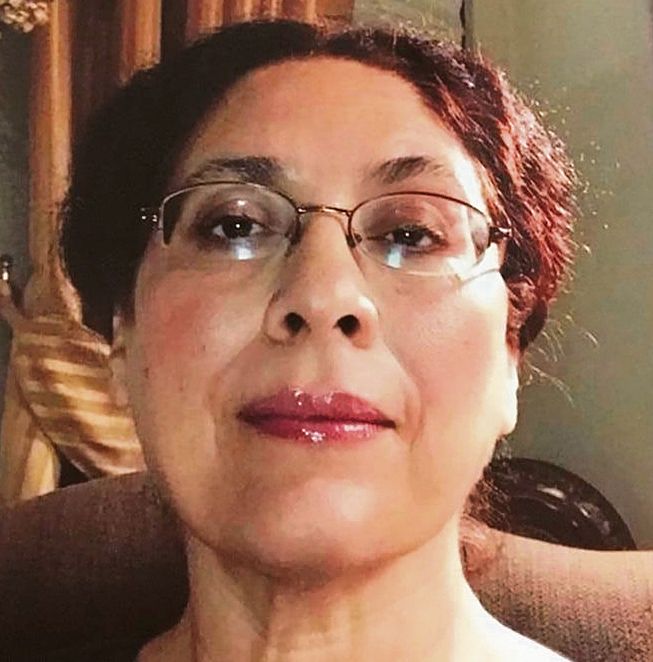THE world will observe Remembrance Day on November 11 by sounding the Last Post to commemorate the end of World War I in 1918. The red poppy flowers that grew on the graves of fallen soldiers will adorn the lapels of many. The ‘In Flanders Fields’ poem by Canadian army doctor John McCrae and the poppy flower are the world’s most recognised symbols for soldiers that have died in conflict. Thousands of Indian soldiers were killed in WWI.
In June 1914, as the Inspector General of the Army, Archduke Franz Ferdinand, accompanied by his wife, went to oversee military manoeuvres in Sarajevo, Bosnia. The latter, along with Herzegovina, had been annexed by Austria in 1908. On June 28, Gavrilo Princip, a Bosnian Serb, affiliated with the Black Hand underground movement that wanted to liberate the south Slav provinces from the Habsburg rule, shot dead the Archduke and his wife in their car. Vienna declared war on the kingdom of Serbs, Croats and Slovenes, triggering World War I. The bullet that killed the Archduke is displayed at Konopiste, on the outskirts of Prague, then part of the Austro-Hungarian empire.
The romantic castle of Konopiste, raised in the late 13th century in the Gothic style, was bought by the Archduke in 1887 and rebuilt into a luxurious residence which he preferred to his official residence in Vienna. The chateau was nationalised in 1921. After WWI, it was plundered; during WWII, it became a secret service HQ. The Czech government now looks after the castle, which is open to the public.
How many are aware that the Archduke visited India? A hunting enthusiast, he went on expeditions to South Africa, Egypt, Australia and India. Some 4,500 hunting trophies are on display at the chateau along with exquisitely carved pistols and other firearms. Originally invited by the Nizam of Hyderabad, the Archduke toured this country between January and March 1893 and enjoyed the lavish hospitality of the British Empress of India. His travels in India took him to Golconda, Gwalior, Hyderabad (Charminar), Secunderabad, Bombay, Jaipur (Amber), Jodhpur, Agra (Taj Mahal), Bharatpur and Siriska. He also visited Benares (Ghats), Calcutta and Delhi (Jama Masjid, Humayun’s Tomb). The framed photographs on display at the castle are testimony to his tour. He was particularly awestruck by the artistic treasures bequeathed by the Mughals. Much of the hunting was done in Nepal, though, including wild boars and panthers.
Going by his memoirs, the Archduke was equally mesmerised by the might of the British Empire, as he was with the diversity of India from “its barrenness to its chaotic cacophony”, from “extreme poverty to the splendour of the maharajas”, from the “piety of religious pluralism” to “the lack of human dignity”. He tried to closely observe the daily life of an ordinary Indian. For him, India was less of a land of wonders and more a riddle, “a territory of almost inexhaustible wealth in goods of all kinds, (it) has a profound influence on our thoughts and dreams”.









